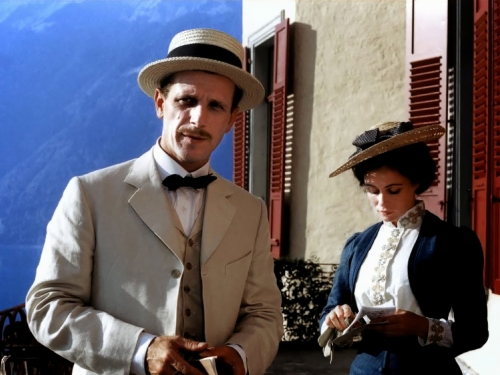
Preface to Présences by Olivier Assayas
Olivier Assayas is marked by an idea of art that aims at opening things up, by the novels of Kerouac and the poetry of Allen Ginsberg, by the painting of Warhol, Bacon and David Hockney, rather than by cinema, which he’s not fetishistically attached to. This way, far from relating to a period in the sense that his films would reflect a common sensibility – concerning music, particularly – very early and very lucidly, he realised he made films against his generation instead of with it.